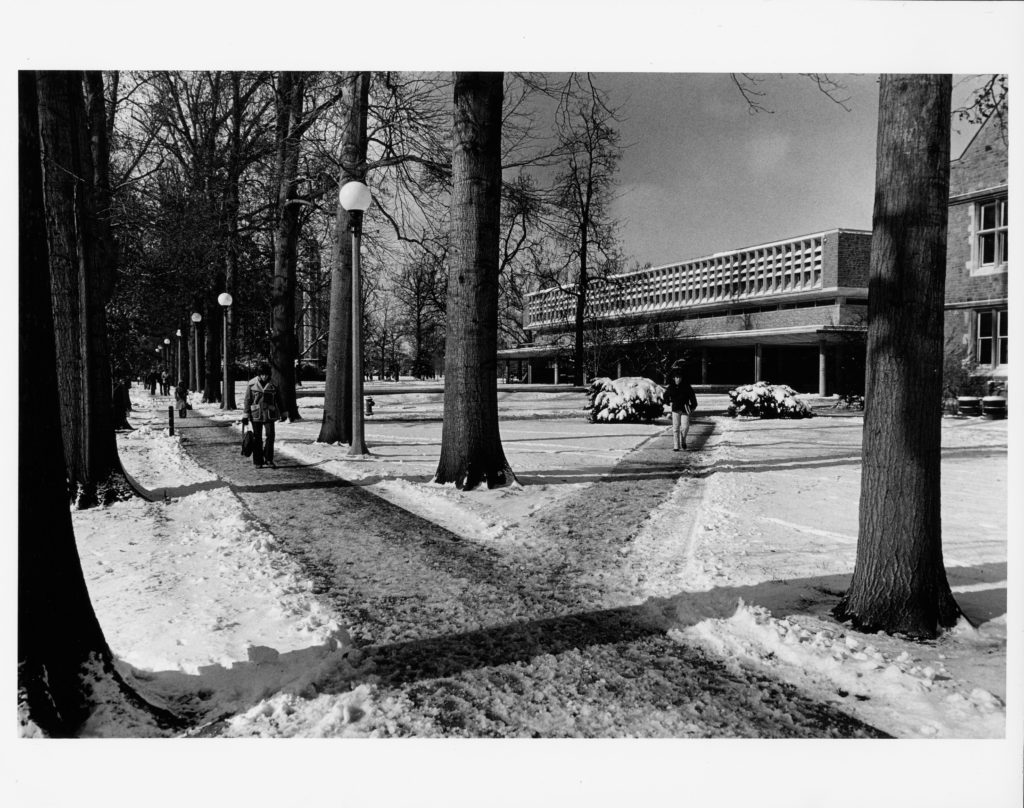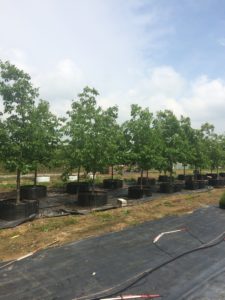
Some 35 Chinkapin oak trees will be planted this summer and fall in Oak Allee, the iconic path that connects Brookings Quadrangle to Graham Chapel at Washington University in St. Louis. Known for their longevity and lovely foliage, these native trees will create a natural canopy over the walkway and restore landscape architect Fredrick Law Olmsted’s original vision for the path.
“Oak Allee was a big part of the original 1895 campus master plan, and this project brings back its special place on campus,” said Kent Theiling, grounds and landscape design manager. “It also represents an early step in a larger effort to improve the health of the campus forest and increase the future tree canopy coverage on campus.”

The new trees will replace the path’s remaining 13 pin oaks, which are in poor health and will be removed this June. In the past two decades, 22 sick pin oaks have been removed.
“Annual assessments over the years show a slow decline in tree health causing frequent limb loss, thinning canopies and trunk decay,” Theiling said. “Because of the risk to the campus community, we decided now is the time to plant new trees.”
Site improvements, such as sidewalks and irrigation upgrades, also will be made this summer.
Theiling said Chinkapin oaks live to be 150 years or older, grow a 50-foot-wide canopy, boast yellow fall foliage and attract urban wildlife with their acorns. The 35 Chinkapin oak trees are being grown in a regional nursery. They are currently 6 years old and 14 feet tall.